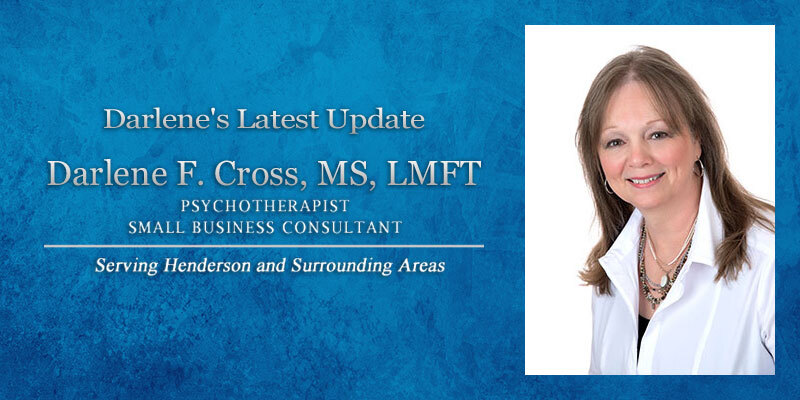I was talking with someone the other day about a National Patient Conference where I spoke on Living with Chronic Illness. She was shocked to hear about the subject of my presentation, saying she thought all I did was marriage counseling. I assured her MFT’s do a lot more than marriage counseling.
A young colleague saw the M.F.T. in my credentials and said she was surprised to see I wasn’t licensed, expecting to see L.M.F.T. instead. I assured her I have been fully licensed for many years.
This confusion is nothing new even within the mental health community, frustrating to us professionals and surely beyond confusing for the public seeking services. MFT, M.F.T., LMFT, and L.M.F.T. all mean the same thing. Why the difference? It depends on when a person became licensed by the State of Nevada. When I was first licensed in 1998, the Nevada licensing board ruled that the correct designation was M.F.T., with MFT an option only for abbreviation purposes. People licensed later under a different licensing board ruled that M.F.T. or L.M.F.T. were both allowable for designating a licensed professional.
Okay, so then what the heck is an LMFTi? No wonder people get confused. Again, when I was licensed, there was no such thing, and anyone who used it was subject to correction by the licensing board. If you weren’t licensed, you simply had no designation. Today the “I” indicates Intern. No Intern is permitted to represent him or herself as licensed, but often the public gets lost in the alphabet soup of letters and doesn’t even realize they are seeing an intern. If the public is aware they are seeing an intern, and may even opt to do so for potentially lower fees, that is informed consent and not a problem in any way– little “I” or no little “i.”
There are many different mental health licenses and designations these days, enough to confuse even the “experts.” Each involves different education, training and licensing regulations. Marriage & Family Therapy is more about a perspective than it a title. We are trained and believe individuals exist within a family SYSTEM. That system involves relationships with Self, Others, Community, Country, etc., as no one exists in a vacuum. For example, if I am working with someone who’s loved one died, I am working with the newly bereaved person’s grief, their relationship with the person who died, the relationship with family and friends (family of origin, family of choice), and perhaps community.
Still confused or have unanswered questions? Contact me with your questions and I am happy to do my best to answer them.




